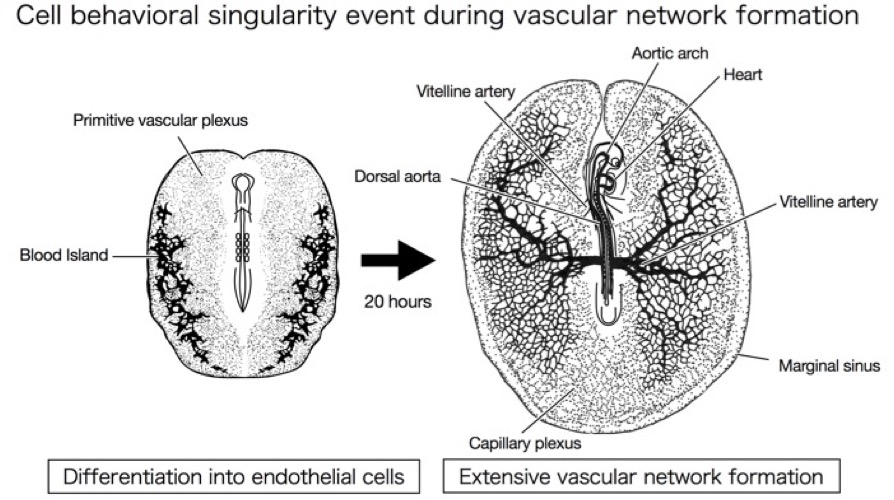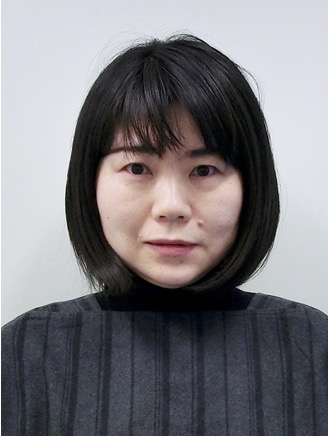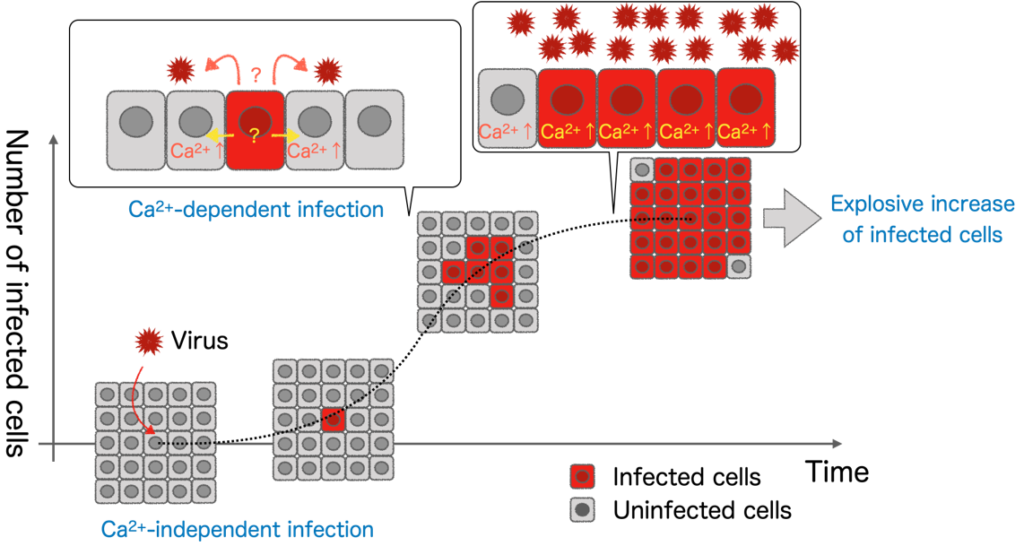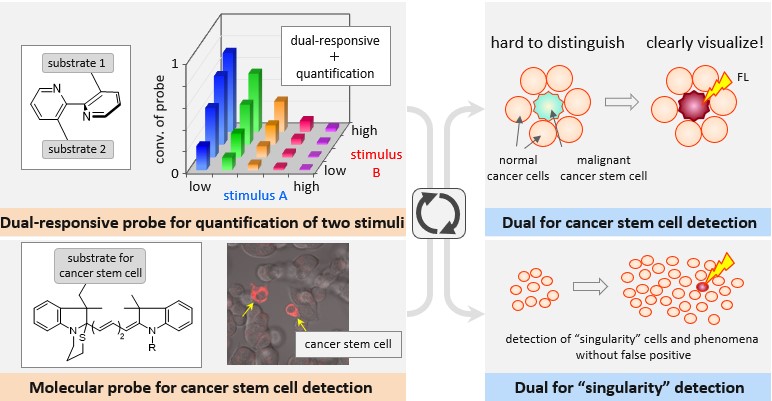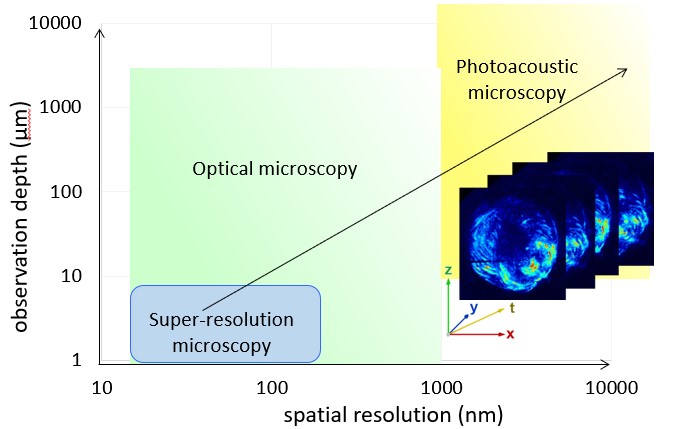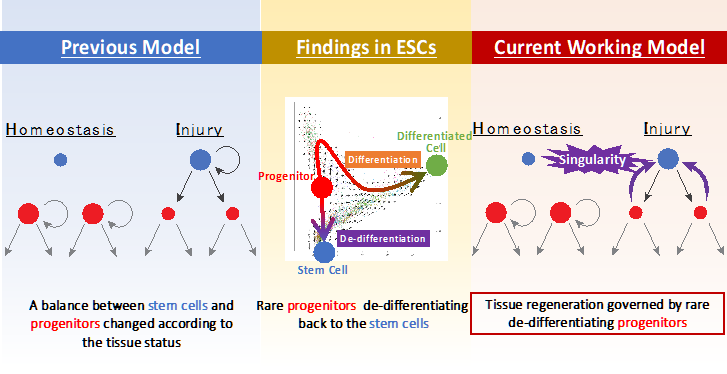*: Currently collaborator
A01
Ca2+-mediated singularity phenomenon in influenza virus infection
Networked analysis of adherent singularity cells


Characterization of singularity cells in stem cell cultures
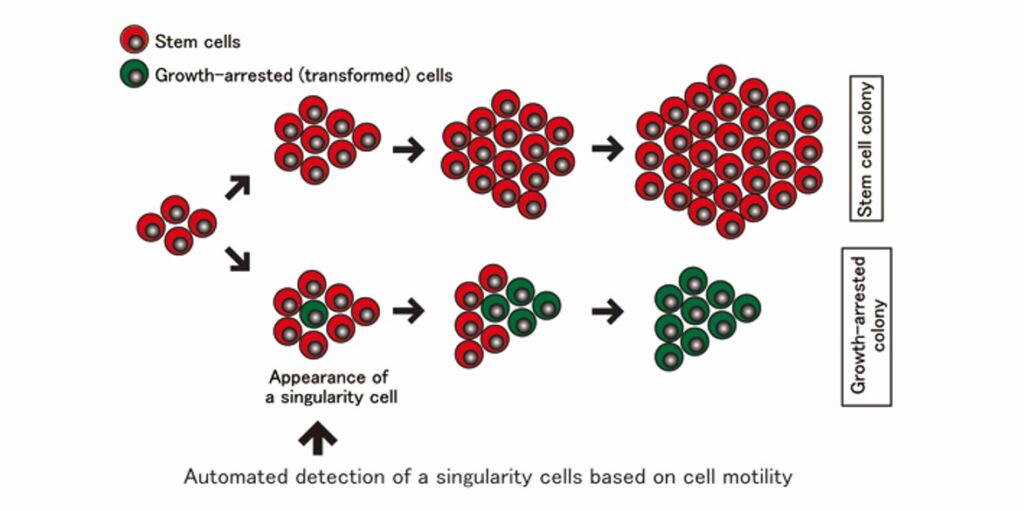

Development of optical manipulation technology with multitasking and high-throughput properties

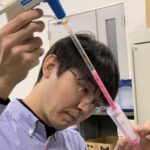
Development of Dual-Responsive Probes for Evaluation of Cancer Stem Cell Malignancy
Spatio-temporal dynamics of self-reactive “Singularity” T cells
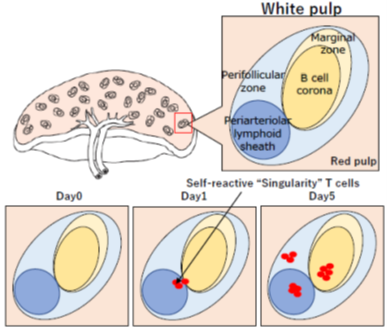
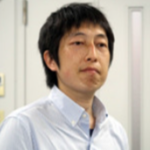
| Name | Shinya Tanaka |
| Affiliation | Division of Immunology and Genome Biology, Medical Institute of Bioregulation, Kyushu University |
| Major | Immunology |
| Purpose | An activation of self-reactive T cells is one of the direct causes of induction of autoimmune diseases. That means the body always carries the risk that the dysregulation of self-reactive T cells, which are extremely rate in peripheral lymphoid organs, results in a crisis of an individual life. Therefore, it is necessary to understand how they are regulated. However, it has remain unclear mainly because the method to identify the self-reactive T cells has not been established. In the study, I aim to elucidate their dynamics in autoimmune reaction by constructing a novel sensor that detects T cell activation in our murine autoimmune disease model. |
Development of supramolecular caged luciferin enabling spatiotemporal trans-scale imaging

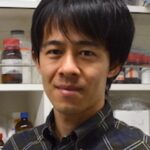
Photoacoustic imaging For the Detection of Singularityin 3D space
| Name | Miya Ishihara |
| Affiliation | Dept. of Medical Engineering, National Defense Medical College |
| Major | Imaging |
| Purpose | We aim to detect very rare events which act as singularity by novel photoacoustic imaging techniques. Photoacoustic (PA) imaging has the advantage of extension in 2D space to 3D space imaging. We will promote effective use endogenous photoacoustic signals. |
A02
*Development of spatial transcriptomics for singularity cells and its peripheral cells
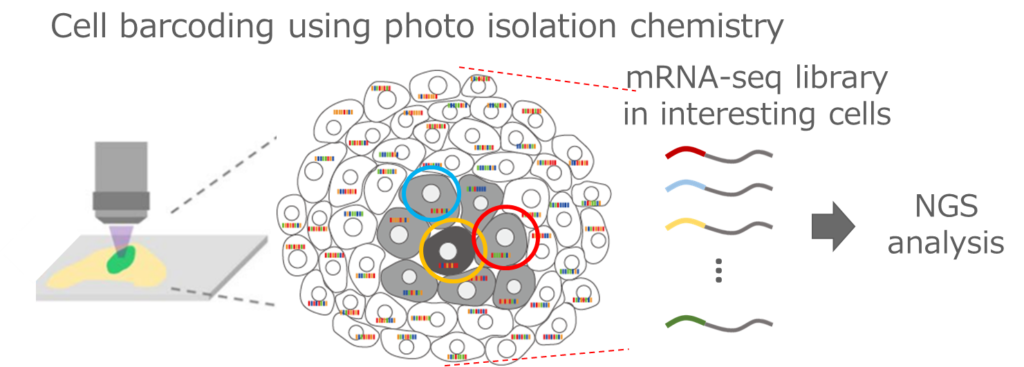

A03
REM sleep regulating cells as a starting point for the singularity of the brain physiology and evolution
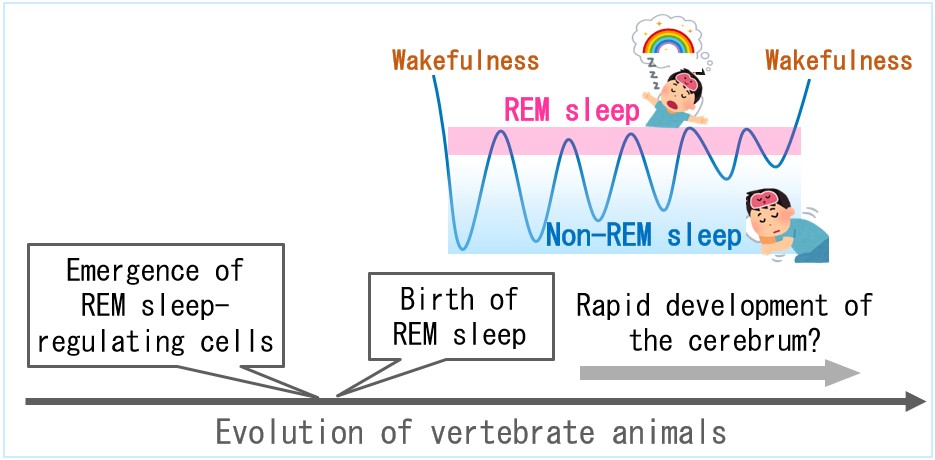
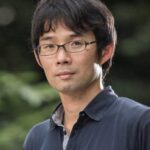
Tissue homeostasis and regeneration governed by rare de-differentiating progenitor cells
Analysis of digital viral replication
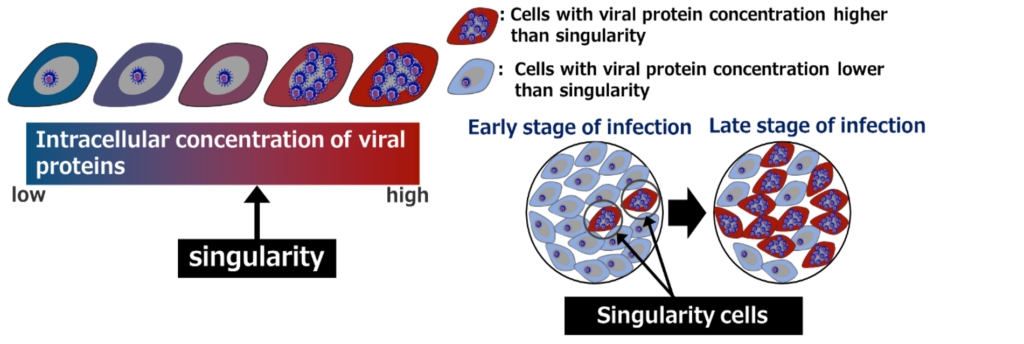

| Name | Yuhei Maruzuru |
| Affiliation | The Institute of Medical Science, The University of Tokyo |
| Major | Virology |
| Purpose | After entry into the host cell, the virus expresses proteins required for viral assembly. These proteins assemble within the host cell to form viral particles, with the number of intracellular viral particles possibly depending on the concentration of viral proteins. The amount of infectious virus particles in infected cells was found to increase drastically when the intracellular concentration of viral proteins exceeded a certain value (singularity). In other words, infected cells could distinguish between “ON” and “OFF” viral production. Therefore, the process of viral proliferation could be reinterpreted as an increase in the number of cells with viral production turned “ON”. In this study, we introduce this concept as “digital viral replication” and plan to perform detailed investigations into this mechanism using omics-based analysis and imaging technology. |
*Elucidation of the singularity that determines the progression of brain tumor
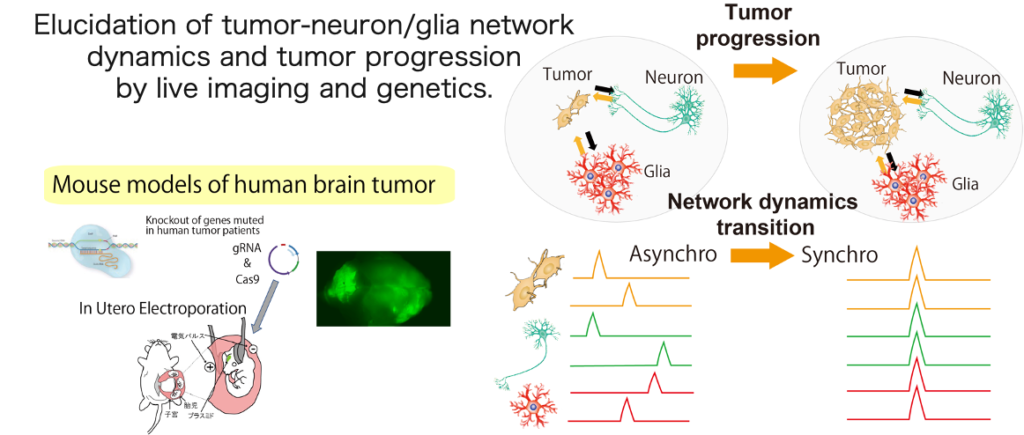
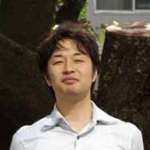
Physiological significance of algal phototaxis as revealed by the behavior of perverse cells
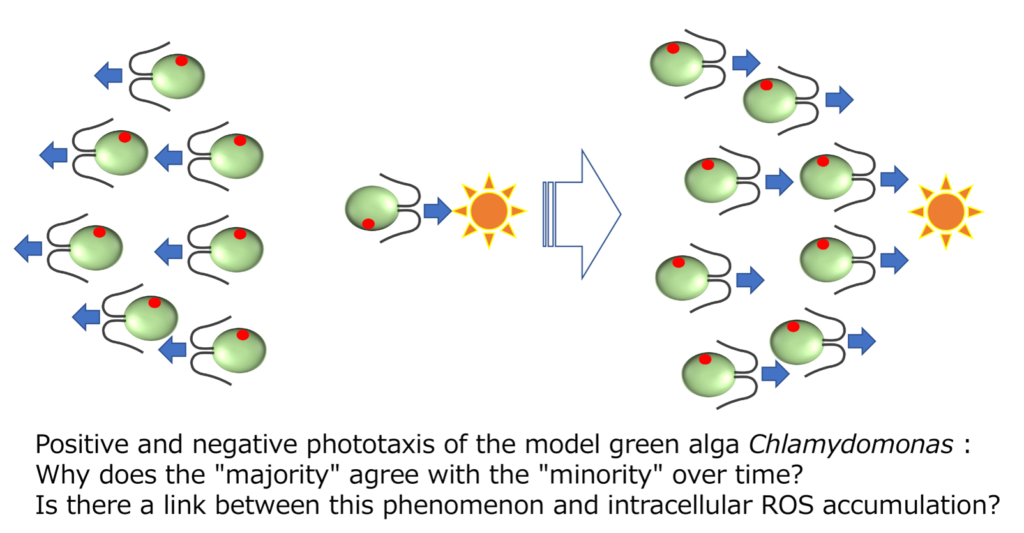
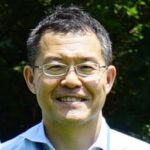
Deciphering evolutional dynamics of resistance/recurrence-initiating singularity cells by RNA-expressed barcoding technology
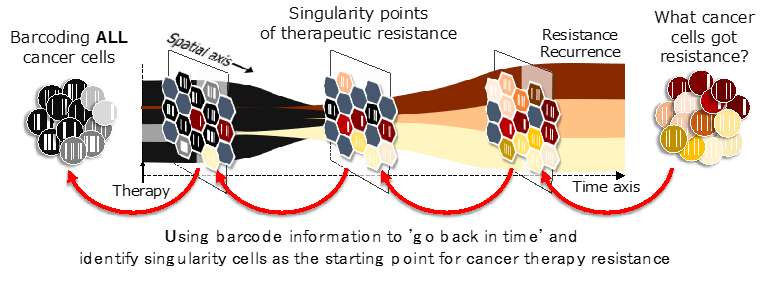

| Name | Shinichiro Kato |
| Affiliation | Molecular Immunology and Center for 5D Cell Dynamics, Graduate School of Medicine, Nagoya University |
| Major | Cancer Biology |
| Purpose | Therapeutic resistance and recurrence are cancer evolutional dynamics that would be caused by an emergence of genetically and/or phenotypically distinct rare cancer cells. However, it has been totally unclear the molecular mechanism behind these singularity points of cancer malignant development. Here, we apply a novel RNA-expressed barcode technology, which allows simultaneous lineage-tracing and transcriptome analysis at single cell resolution, and will develop a retrospective phenotype tracking method. We will pursue spatio-temporal phenotypic trajectories of every single cancer cell within tumor tissue undergoing to malignant development (therapeutic resistance, recurrence or metastasis) by using this method and eventually identify a singularity cancer cell(s) as a main cell pool that leads or instigates to therapeutic resistance and recurrence. |
Circadian clock related singularity neuronal circuits in mice
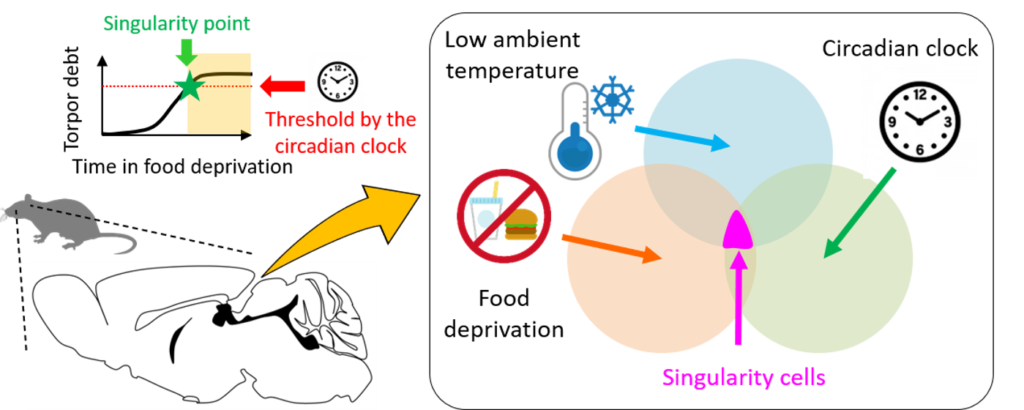

Elucidation singularity cells in tissue repair
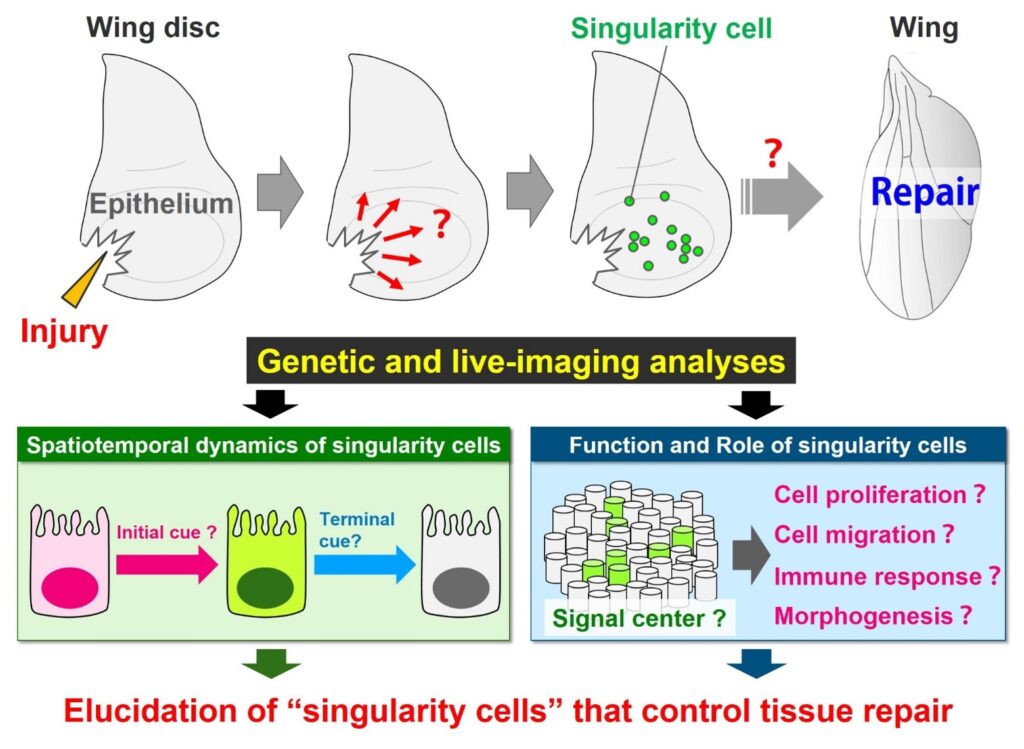
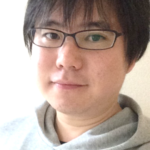
*Motility profiles generating singularity in sperm collective dynamics
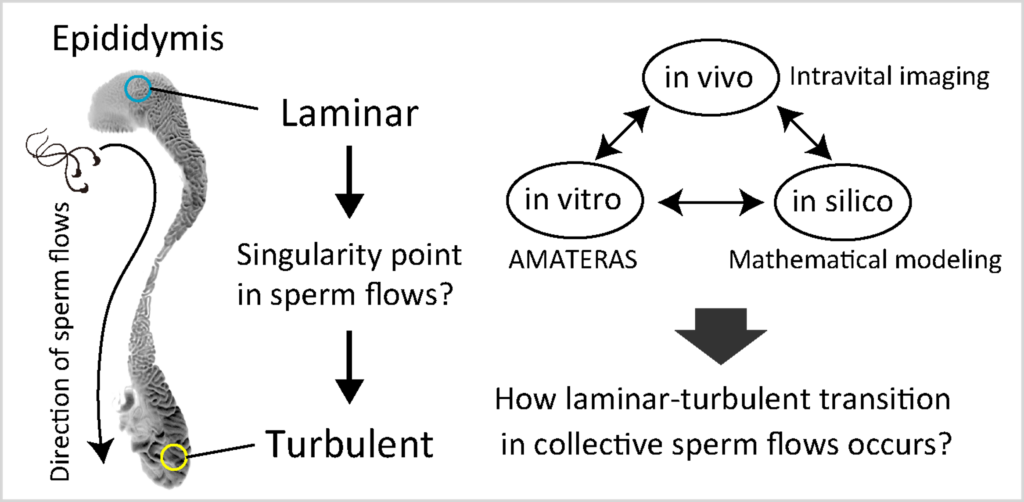
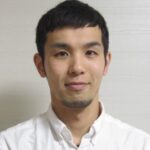
Elucidation of the developmental clock singularity phenomena
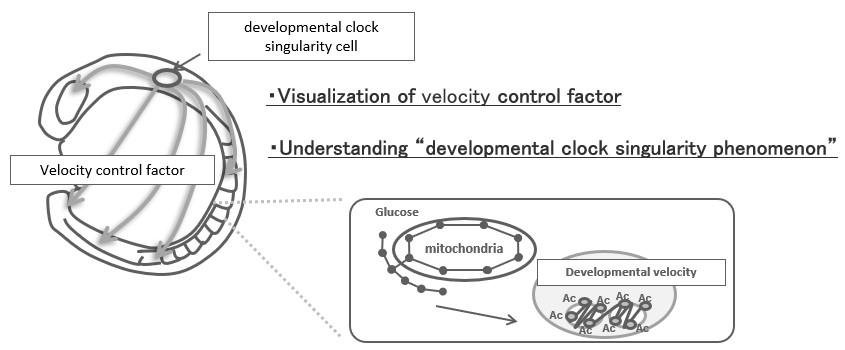

Investigation of the singular land/fresh-water invasion with “pioneers”
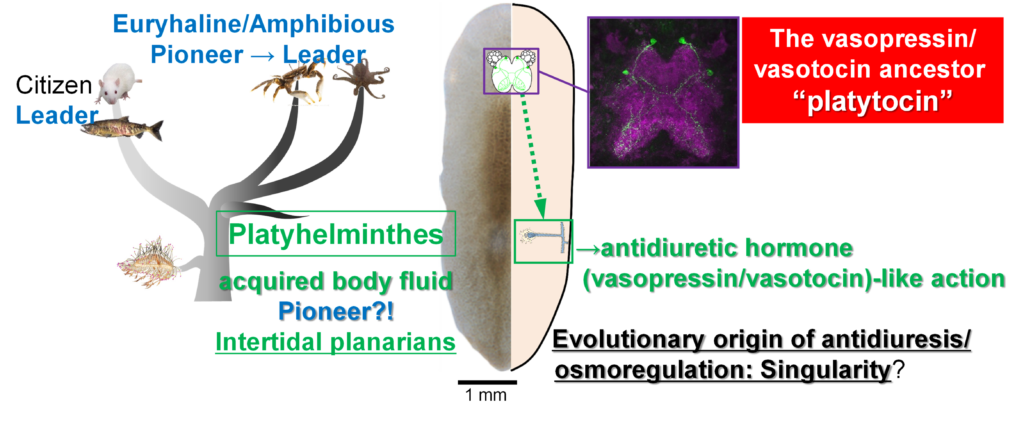

Singularity phenomenon by immune response in the development of neuropsychiatric disorders
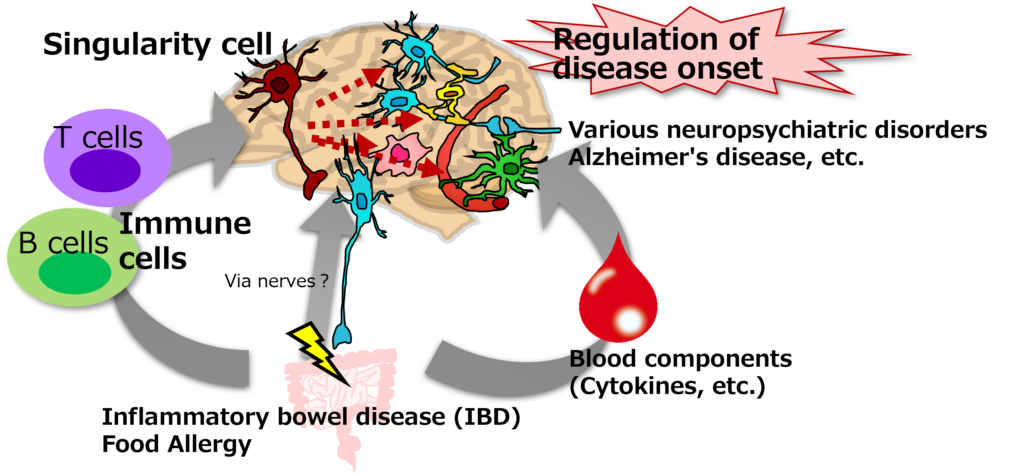

| Name | Minako Ito |
| Affiliation | Division of Allergy and Immunology, Medical Institute of Bioregulation, Kyushu University |
| Major | Neuroimmunology |
| Purpose | Alzheimer’s disease is a singular phenomenon in which singular cells with aggregates of Amyloid beta and phosphorylated Tau emerge and expand upon some stimulus. It has become clear that a wide variety of immune cells are involved in various central nervous system diseases. T-cell infiltration is enhanced in the brains of mouse models of Alzheimer’s disease, suggesting the involvement of immune responses in the development of neurological diseases. Inflammatory bowel disease also worsens the pathology of Alzheimer’s disease. In humans, inflammatory bowel disease has been reported to be a risk factor for dementia, but the mechanism remains unclear. In this study, we aim to elucidate the immune response that regulates the expansion of singular cells, which is a key factor in the development of neurodegenerative diseases. |
Elucidation of Singularity events by analysing spaciotemporal dynamimcsof T-cells using a new technology
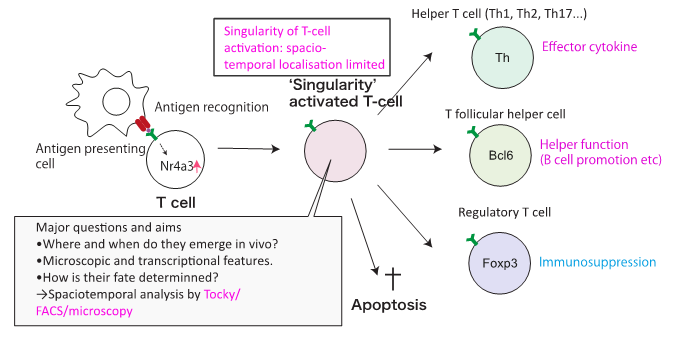

Analysis of the singularity phenomenon in the evolution of the eye
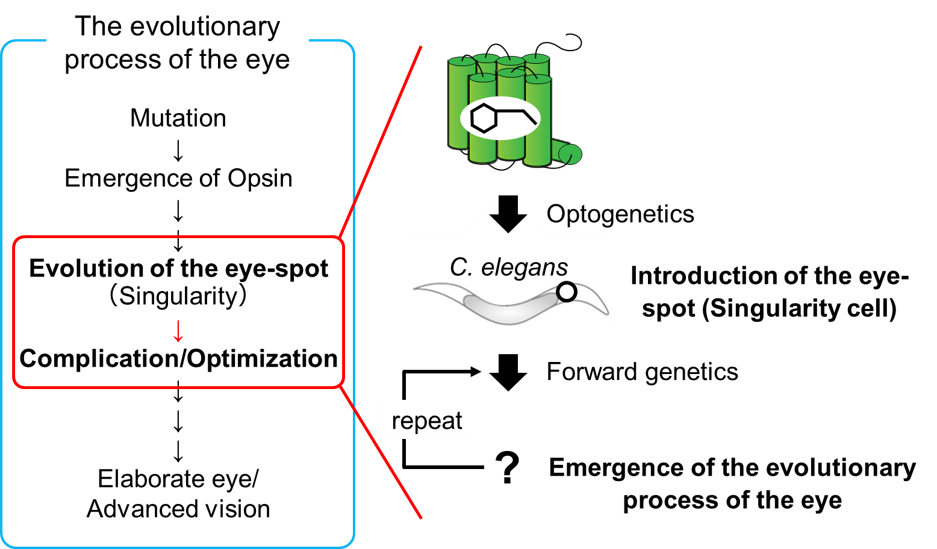

| Name | Mitsumasa Koyanagi |
| Affiliation | Graduate School of Science, Osaka City University |
| Major | Photobiology, Molecular Evolution |
| Purpose | Animal eyes are one of the most complex and elaborate organs, with a wide variety of shapes and mechanisms depending on the animal. The evolutionary process by which these complex phenotypes arise is an important issue in evolutionary biology, but remains largely unknown due to the difficulty of experimental investigation. In this study, we consider photoreceptor cells, which are the basic elements of the eye, as the singularity cells in the evolution of the eye. The aim of this project is to reproduce the evolutionary process from the acquisition of photoreceptor cells to the evolution of the eye, that is, to analyze an evolutionary process to a more advanced photoreceptor organ by giving the eye-spot (photosensory system) to C. elegans, which lacks eyes, through the application of optogenetics, followed by artificial selection on the photo-responsiveness. |
Analysis of the singularity phenomenon to causeneuroinflammation using disease-specific iPScells
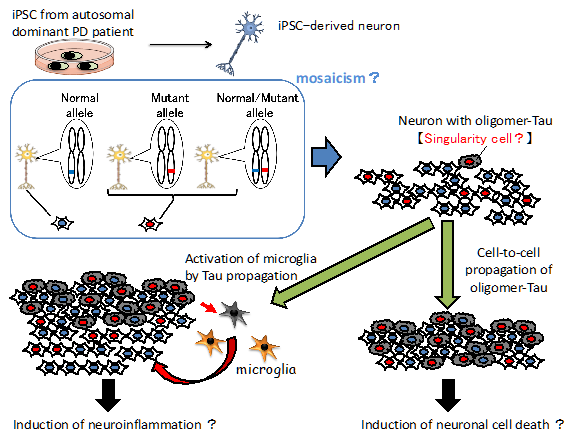
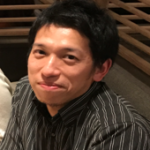
| Name | Etsuro Ohta |
| Affiliation | KitasatoUniversity School of Allied Health Sciences |
| Major | Neuroscience, Molecular Biology, Immunology |
| Purpose | Tau is related to cognitive dysfunction that is one of non-motor symptoms of Parkinson’s disease (PD). In this study, to elucidate oligomer-Tau propagation and neuroinflamationmechanism by singularity phenomenon, we analyze disease-specific iPScells (iPSC) from familial PD patient with LRRK2 mutation. Furthermore, to investigate whether singularity cells with oligomer-Tau propagation are caused by mosaicism of mutant LRRK2 allele, we will analyze iPSC-derived neurons under in vitro and in vivo conditions. |
Organoid-based modeling of symmetry breaking in morphogenesis


| Name | Kent Imaizumi |
| Affiliation | Keio University |
| Major | Neurodevelopmental biology, Stem cell biology |
| Purpose | The organs are generated from homogenous cell populations. During development, these homogenous populations acquire axial polarity, which is established by a small number of specialized cells, called organizers, and this polarity contributestothe complex organ structure. We previously found that this spontaneous polarity establishment can be recapitulated in organoid cultures. In our culture system, organizer cells were initially randomly distributed, but these specialized cells were eventually localized to a single place, giving rise to spontaneous symmetry breaking. In this project, we aim to elucidate how the organizer cells are spontaneously assembled, and this study will highlight robust mechanisms of self-organized patterning of morphogenesis. |
Singularity in the development of autoimmune diseases
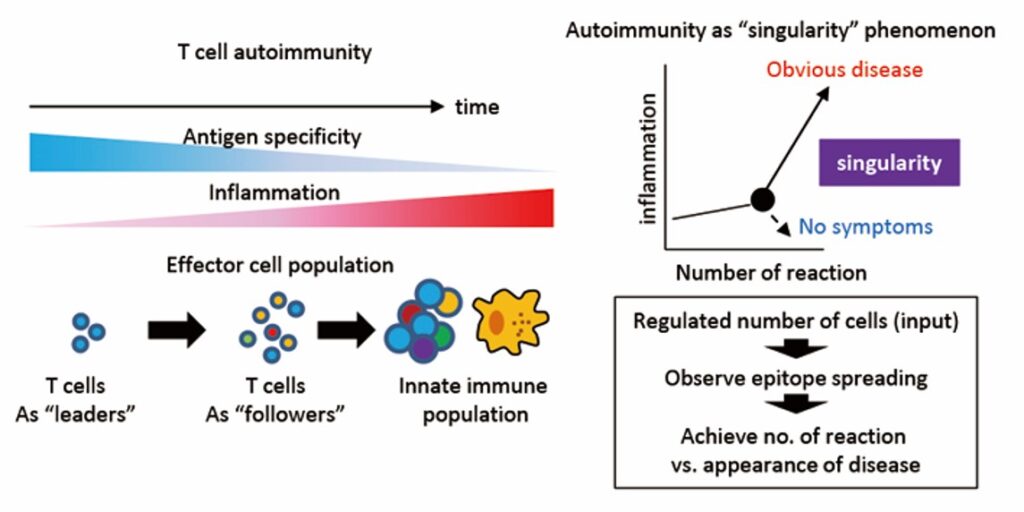
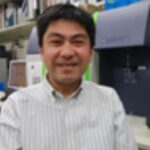
Quantitative analysis of ascidian metamorphosis
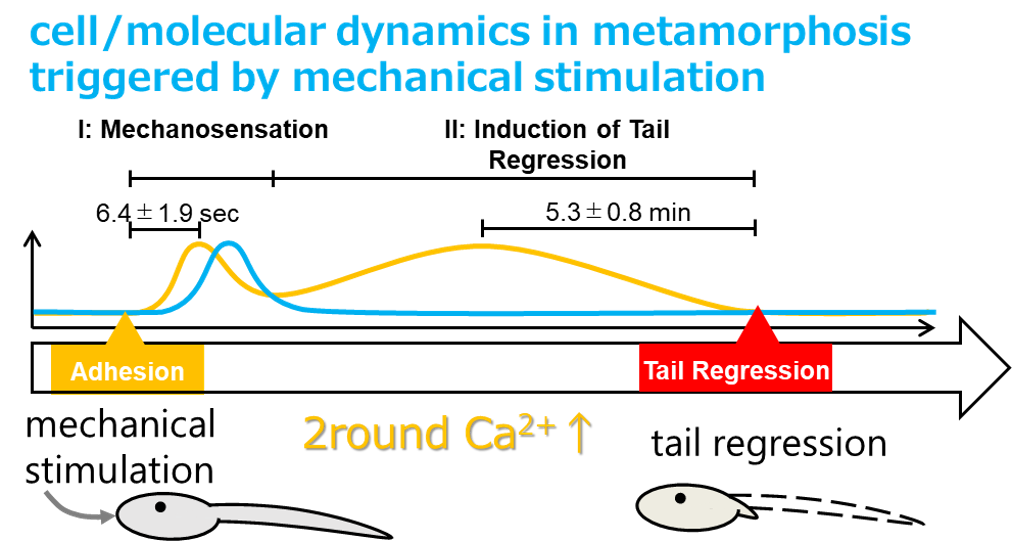

Singularity at emergence of cancer cells in normal stroma
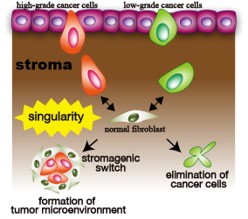

Construction and control of the singularity synapses
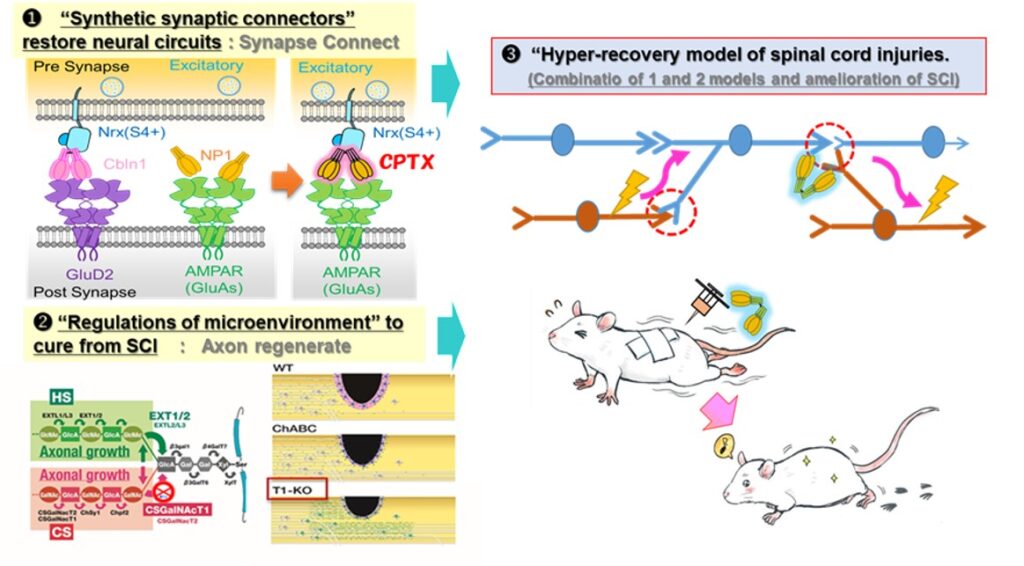
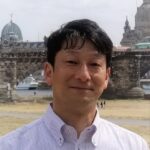
Identification and elucidation of a leader cell that controls nephron development in the kidney
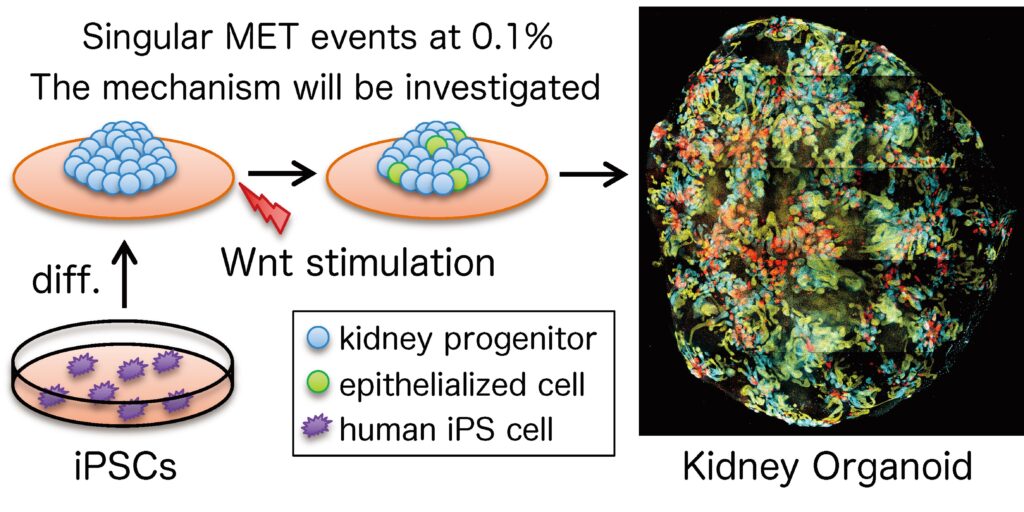
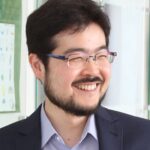
Investigating mechanisms of tau protein phase transition caused by neuron-glia crosstalk failure
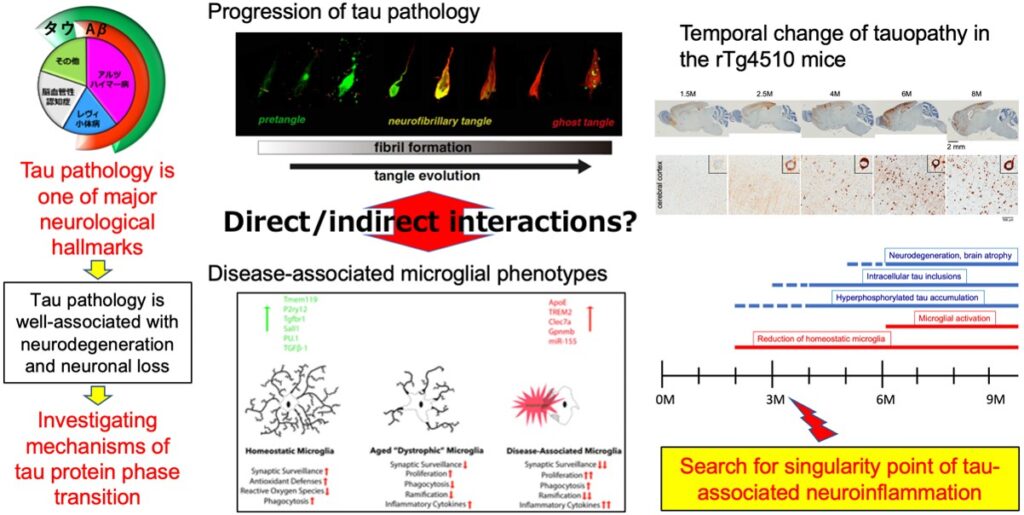

Molecular and cellular basis of light-dependent long-term memory maintenance
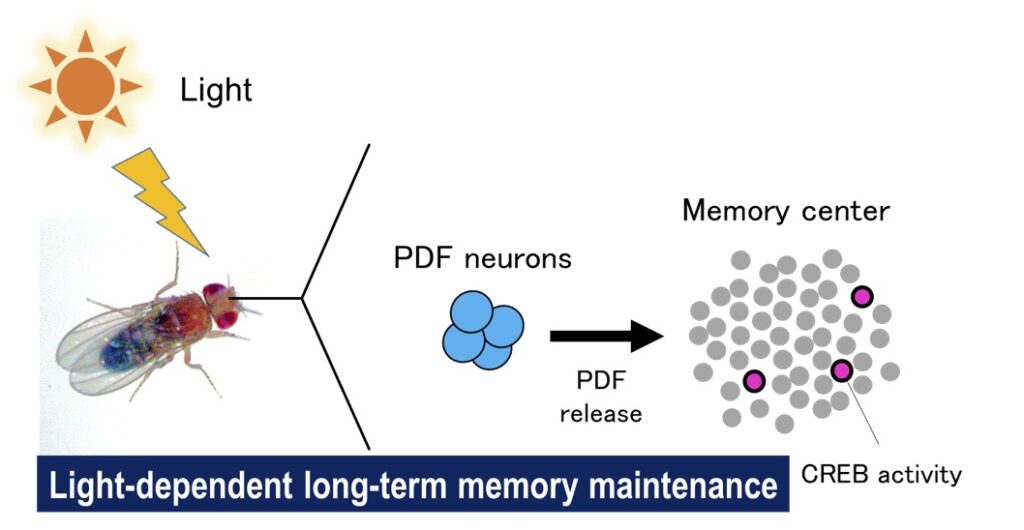
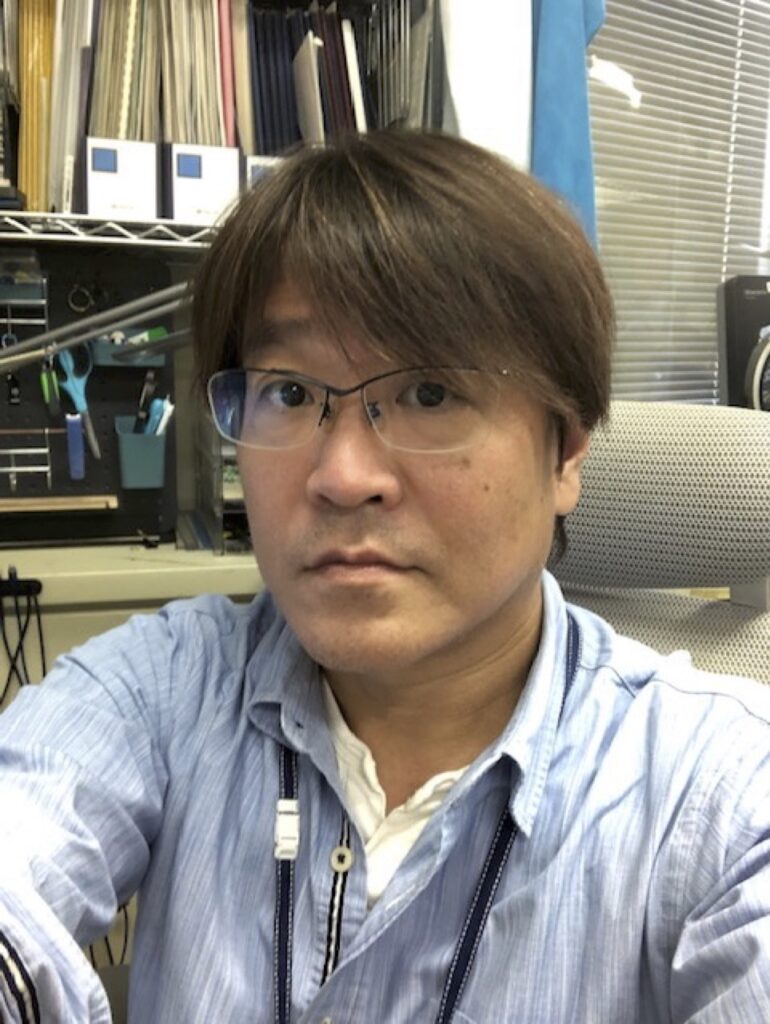
Exploration of singularity during blood vessel formation by in toto imaging of endothelial cells
